First
|
back |
next |
Last
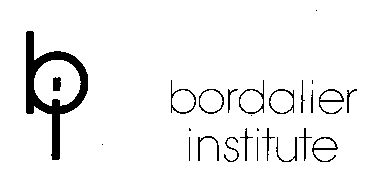
winiwarter@bordalierinstitute.com
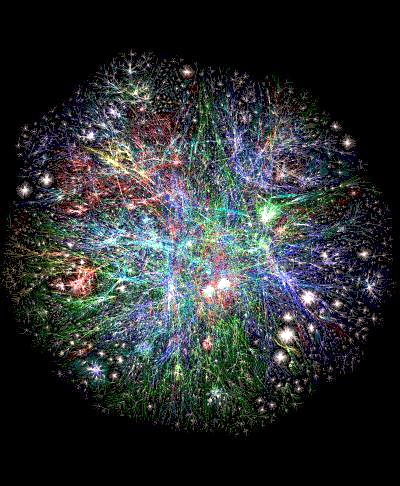
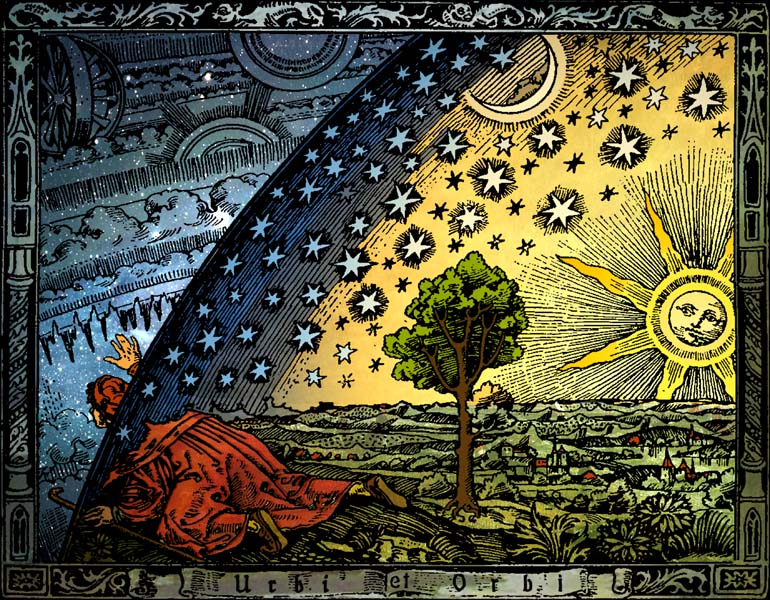
"The discovery of the Universe is the discovery of our Brain"
Peter Winiwarter
"I think the next century (21st) will be the century of complexity."
Stephen Hawking
note:
computer simulation of the evolution of complex systems/networks with
neural networks
(universal mappers)
is a young paradigme, which does not fit in any University or
"classical" research department.
Let's wait for the retirement of pure reductionist scientists and see
for the arrival of a new generation
of transdisciplinary holistic and open system
approaches like
the Santa Fe
Institute , naturalgenesis.net
and the evo
devo universe commmunity
"New
paradigms in science spread not because the tenants of the old
paradigme are convinced by the new ideas, but because the tenants of
the old paradigme die."
Max Planck
on Quantum physics vs.
classical physics.
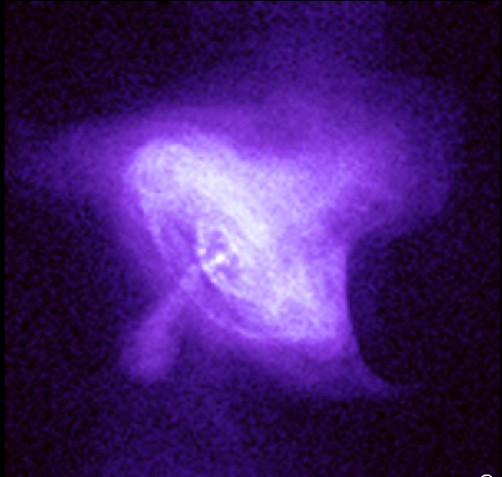

"We
are all agreed that your theory is crazy.
The question which divides us is whether it is crazy enough to have a
chance of being correct. My own feeling is that is not crazy enough.
"
Niels
Bohr
on Pauli's theory of elementary particles
from Arne A. Wyller's The Planetary Mind
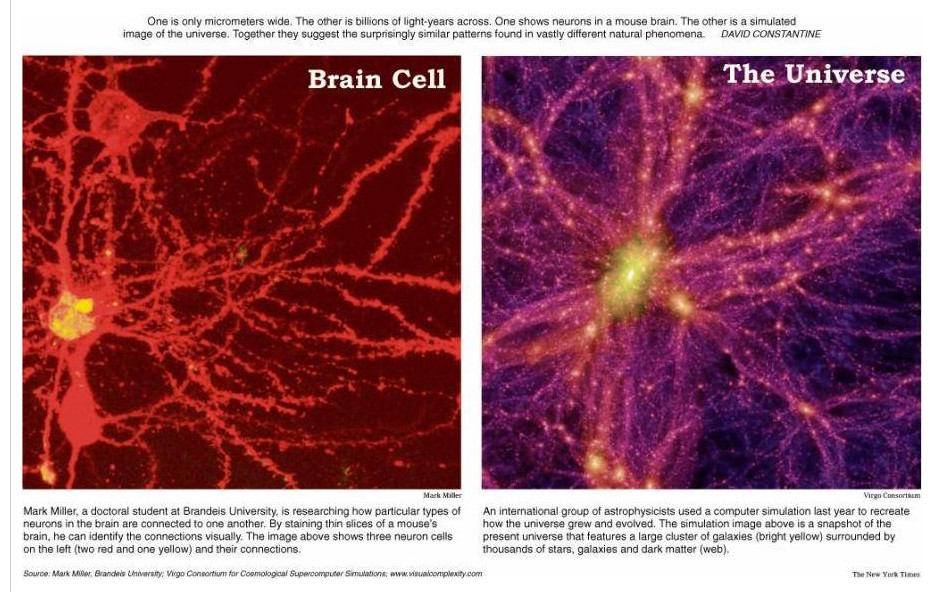
"Life
and mind have a common abstract pattern or set of basic organizational
properties. The functional properties characteristic of mind are an
enriched version of the functional properties that are fundamental to
life in general. Mind is literally life-like. "
Godfrey-Smith, P. (1996). Complexity and the
Function of Mind in Nature. Cambridge: Cambridge University Press.
"Mind is literally life-like. The Universe and Life are literally mind-like. "
Peter Winiwarter (2008). Network Nature. www.bordalierinstitute.com
Sergej Dorogovtsev
Summary:
Complex Systems, Neural Networks & Cosmic Evolution
The
Intelligence of Networks & the Networks of Intelligence,
the
universe : a fractal hierarchy of intelligent neural networks
all networks of evolution
from the big bang to the world wide web revealing
Pareto-Zipf-Mandelbrot (parabolic fractal) powerlaws are:
- energy/information transformation systems
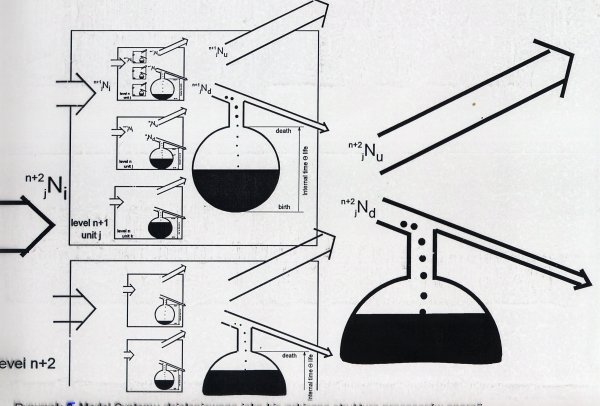
- built of basic energy/information
transformation processors that are born and run to death in
an
irreversible way (birth
and death processors).
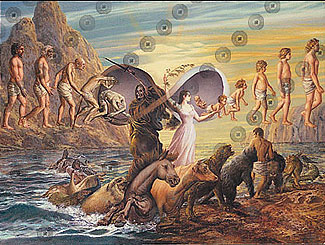
- all processors are linked in a complex "small
world" network mappable on a multilayer perceptron
network of artificial neurons.
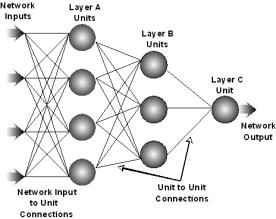
- it's the global field generated by all
processors that
"drives" the process of evolution based on energy optimization specific
to the level of evolution :
GUT, gravitation, strong nuclear, weak
nuclear, elmag, chemical, geothermal, wind, water, fire, genetic code,
spoken words, written codes, computer codes, Web services ...
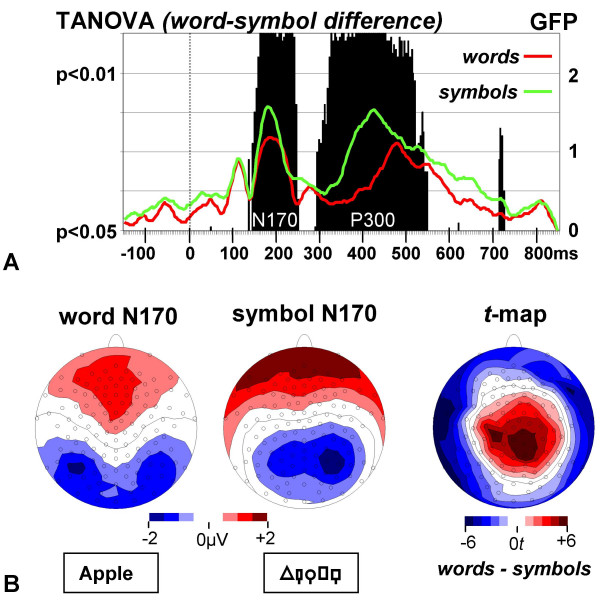
- ritualization : repetitive use of pathways, Hebb's rule* ( cells that fire together wire together) and the Pareto frontier (You can't make many people better of without making many people worse of)
hardwire the networks
information flow into "engrams"**, like timetables hardwire a railroad,
or air
transportation network.


- *Hebbian theory has been the primary basis for the
conventional view
that when analyzed from a holistic level, engrams are neuronal nets or neural
networks.
- ** "If the inputs to a system cause the same
pattern of
activity to
occur repeatedly, the set of active elements constituting that pattern
will become increasingly strongly interassociated. That is, each
element will tend to turn on every other element and (with negative
weights) to turn off the elements that do not form part of the pattern.
To put it another way, the pattern as a whole will become
'auto-associated'. We may call a learned (auto-associated) pattern an engram."
(Op cit, p44;) Gordon Allport
Lotka said,"The
principle of natural selection reveals itself as
capable of
yielding information which the
first and second laws of thermodynamics
are not competent
to furnish. The two fundamental laws of
thermodynamics are, of course, insufficient to determine the course of
events in a physical system. They tell us
that certain things cannot
happen, but they do not tell us what does happen."
1) First
law of genesis : the complexity
of a self-organized system/network can
only increase or remain constant
(irreversibility
of evolution, the arrow of internal system time).
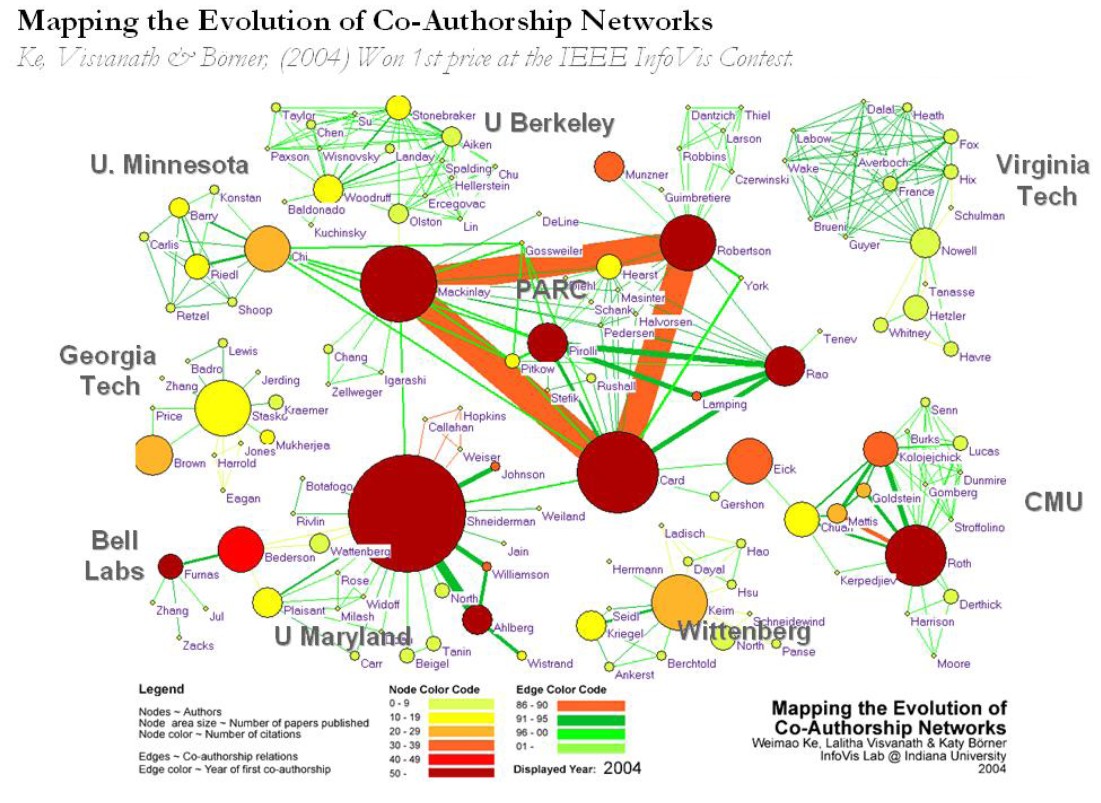
2) Second
law of genesis:
for self-organized
systems/networks we observe
element/symptom size distributions
of the longtailed Pareto-Zipf-Mandelbrot
(PZM)
type
(parabolic
fractal 'generalized
life
symptoms').
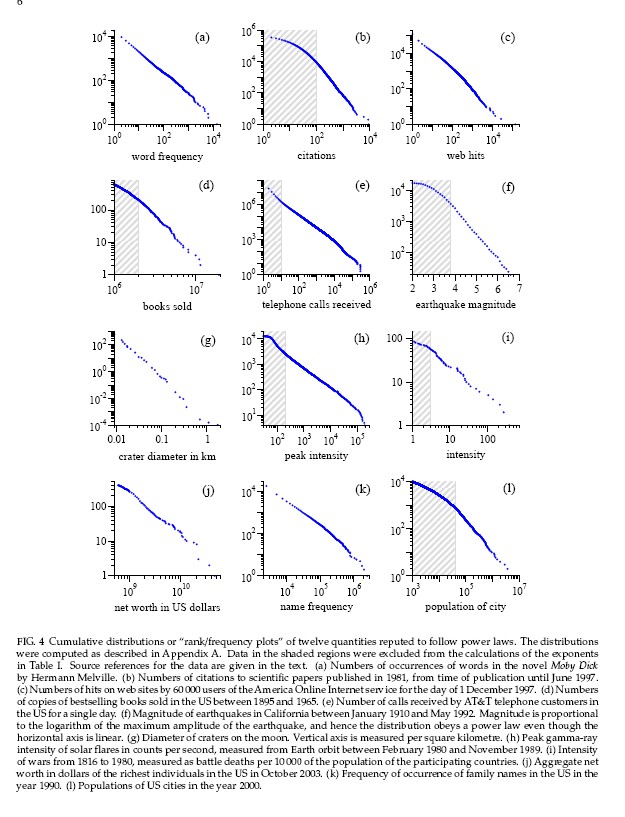
3) Like Gaussian probability distributions, longtailed
Pareto-Zipf
distributions are
stable
under stochastic addition (mergers
and splits of systems/networks); Gauss + Gauss yields Gauss;
Pareto-Zipf + Pareto-Zipf yields Pareto-Zipf .
4) Self-organized systems/networks can be mapped on a hierarchy of
binary threshold automata (birth
& death processors) modelled by a
Neural
Network of the type multilayer
feed forward topology "learning"
through gradient descent backpropagation
of errors through consecutive "runs" - cycles of energy information
transformation (multilayer
perceptron).
(energy information equivalence)
5) Self-organized
systems/networks have memory *.
(galaxies, ecosystems, world economy, world wide web) : the memory consists of the global
system
topology of the network , local
weights and connection strengths of all processors.
* ability to store, retain, and subsequently retrieve information
6) Self-organized
systems/networks are learning *.
Hebb's rule reinforces memory through consecutive runs of energy / information transformation cycles.
* ability to improve the facility to store, retain, and subsequently retrieve perceived information (memory)
7) Self-organized
systems/networks are intelligent *.
global error minimization on the
system level ( total system
"cost" of web) through consecutive runs of energy /
information
transformation through the system hierachy.
* ability to optimize learning as a function of a goal (maximum or minimum principle)
8) Evolution
is Self-organization of networks of matter
and mind
from
astrophysical
to linguistic and computer networks of the world wide web
following the same seven conceptual categories in conceptual space
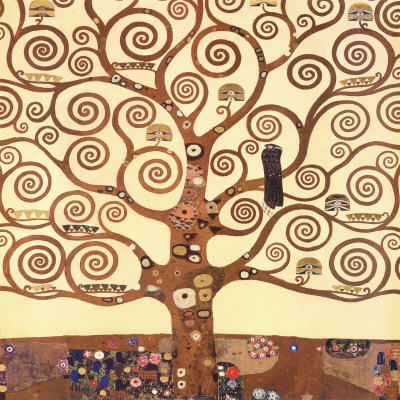
In
short, the properties of
artificial neural networks of the multilayer perceptron type are
common to all systems / networks for which we observe PZM
(Pareto-Zipf-Mandelbrot, parabolic fractal) distributions:
Hence:
- selforganized
systems / small world
networks / the universe(s) have memory
(engrams : topology of tree structure, hypercycle structure)
- selforganized
systems / small
world networks / the universe(s) are learning
(Hebb's rule, Pareto frontier)
- selforganized
systems / small
world networks / the universe(s) are intelligent
(global energy/information optimization)

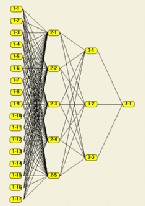



the universe: a hierarchy of neural networks
Network
Nature has memory
Network Nature
is learning
Network Nature is intelligent





















